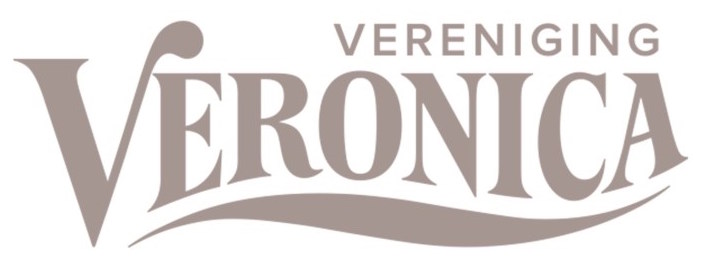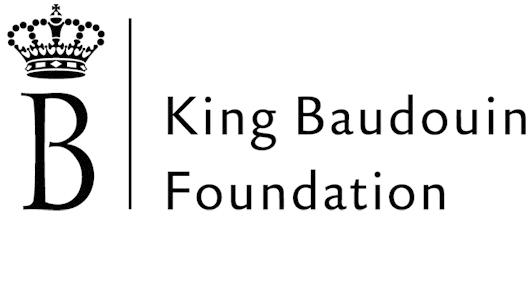
MECHELEN - Nils Hanson, editor-in-chief of the Swedish “Mission Investigate”, feels that probably nothing is as important as pre-publication fact-checking.
After all, it is so very easy to make a mistake, and even a little mistake can have big consequences, either for the newsroom or for the subject of your investigation.
Even so, factual errors, biased fact selections, unfounded conclusions… these still slip into many publications, often due to a simple system error: the reporter is the one who checks his own work. At “Mission Investigate”, a rigorous Quality Control system has been put in place to try and make sure that every story is presented truthfully and fairly. At EIJC & Dataharvest 2017, Hanson presented his main ideas on writing truthfully, fairly and with as little mistakes as possible.
Don’t paint everything black and avoid tunnel vision
Investigative journalists have an innate tendency to write very negatively. After all, you are trying to uncover misconduct. But is this always fair to your ‘bad guy’? Probably not. Is every single thing they do ‘bad’? Things are very often grey rather than black and white. Reporting only the bad stuff means that you’re not really presenting the whole story. Tunnel vision is a big trap that almost every journalist suffers from, but that is talked about very little. When you set out to prove something, your confirmation bias can result in leaving out or trying to minimize the facts that don’t really fit your story. But to tell a fair story, you have to present all the facts that are relevant, good or bad.
Don’t wait too long to contact the subject of your investigation
A general rule in journalism is to wait as long as possible before confronting your ‘bad guy’ to avoid that they are ‘on to you’ before you have your complete story. But according to Hanson, there are some very clear advantages when you contact them early in your investigation. After all, it should be in both your interest to uncover the whole truth. Talking to them early on, you can check and complete the facts with the real experts, avoiding unpleasant ‘story-killing’ surprises close to the publication deadline. As a bonus, you give yourself more time to really investigate their explanations, in case they are trying to lie to you. So set up a friendly meeting, share the main aspects of your investigation and ask them to explain your complicated questions. And if that doesn’t work, ask them to read some excerpts. They will often at least fact-check the ‘harmless’ facts (a date, an amount), so you can avoid the little mistakes that might otherwise have decreased your credibility.
Check your experts, and your victims
Experts come in handy to verify your hard facts, but don’t be satisfied with just any ‘expert’. Make sure they are knowledgeable about and representative in the relevant field. Similarly, don’t believe your victim at say-so. Don’t be afraid to ask them the tough questions, because your audience will. Did it really happen that way? Can you prove everything they’ve said? Could they carry some blame themselves? Is there a hidden agenda? Critical questions often produce the best responses to build your publication on.
Involve a ‘Devil’s Advocate’
Quality Control starts at the beginning of your investigation and continues all the way to the end. At several checkpoints, someone in your team should take on the role of Devil’s Advocate and try to kill your story from all possible angles. This person should have a critical mind and be able to ask the tough questions that the reporting team probably doesn’t want to hear. Are there any gaps in your story? What is the weakest link? Put it on a pedestal and deal with it! Did you leave out certain facts or mitigating circumstances? Justify why and check that your conclusion would still stand without them!
Line-by-line fact-checking
Line-by-line fact-checking can really be a lifesaver and should be in every investigative journalist’s survival kit! This literally means that you will verify “every line” in your publication and make sure it can be backed up by documented proof. Check every statement, name, date, figure, statistic, quote or graphic. Do an image search to check that your images are authentic. Did you exaggerate or present opinions as facts? Did you write a fair conclusion or did you go too far in how you framed or worded it? And, in case of a tv production, is your voice-over tone or your music too ‘bombastic’?









